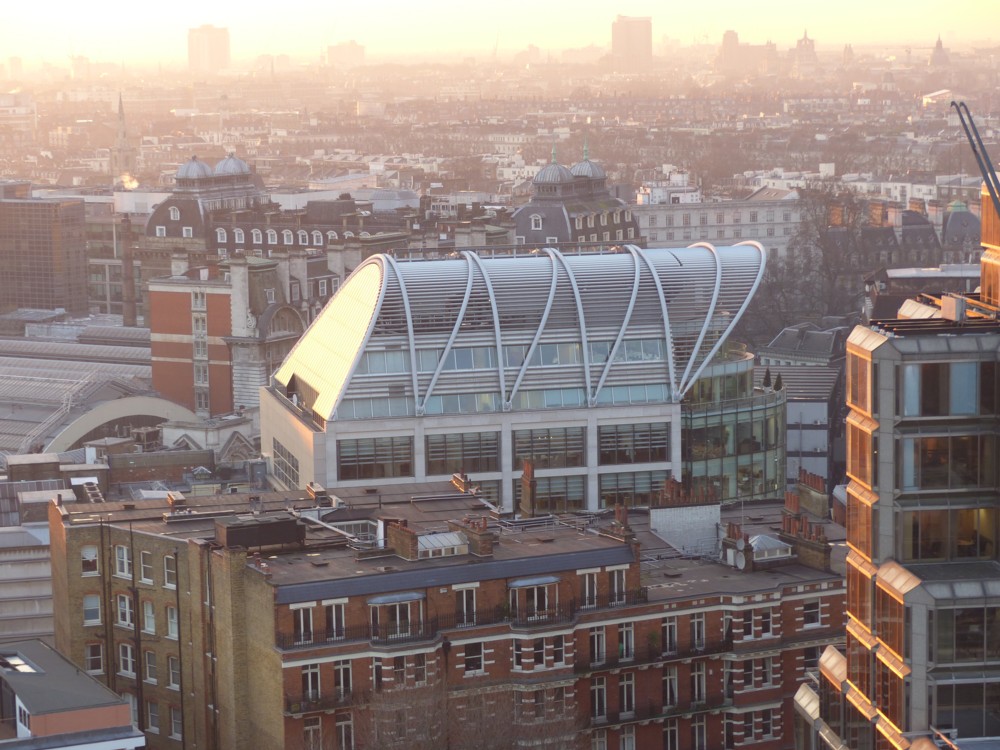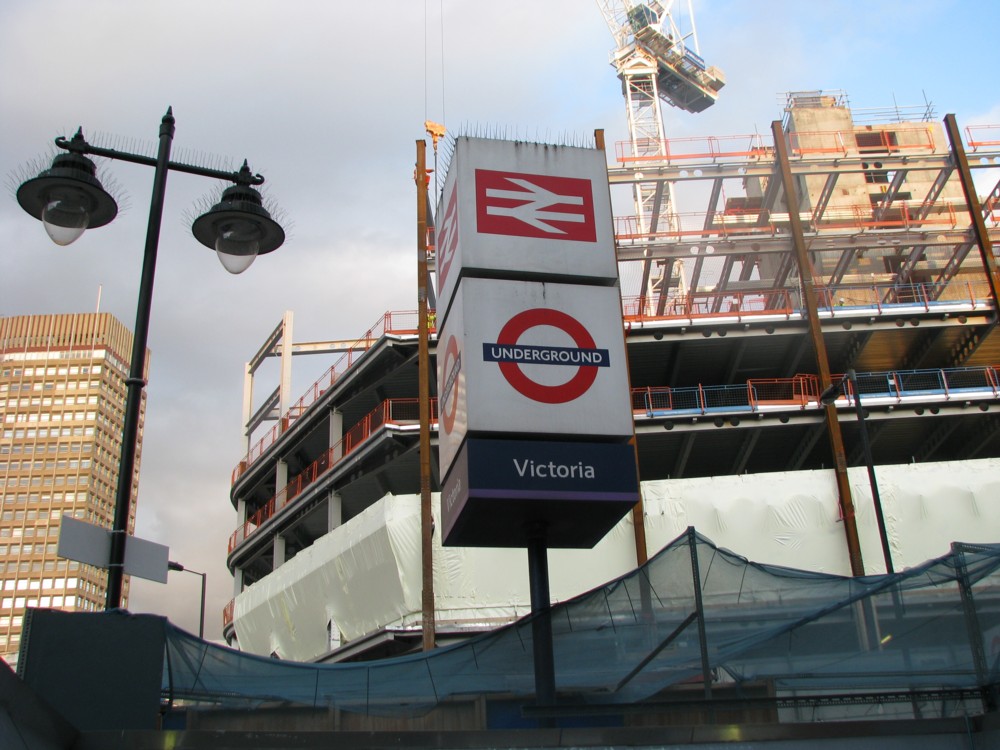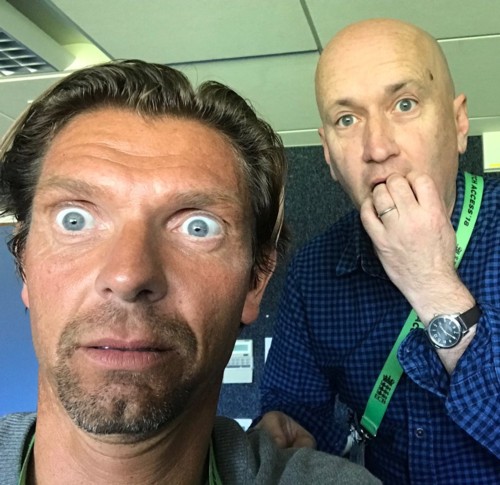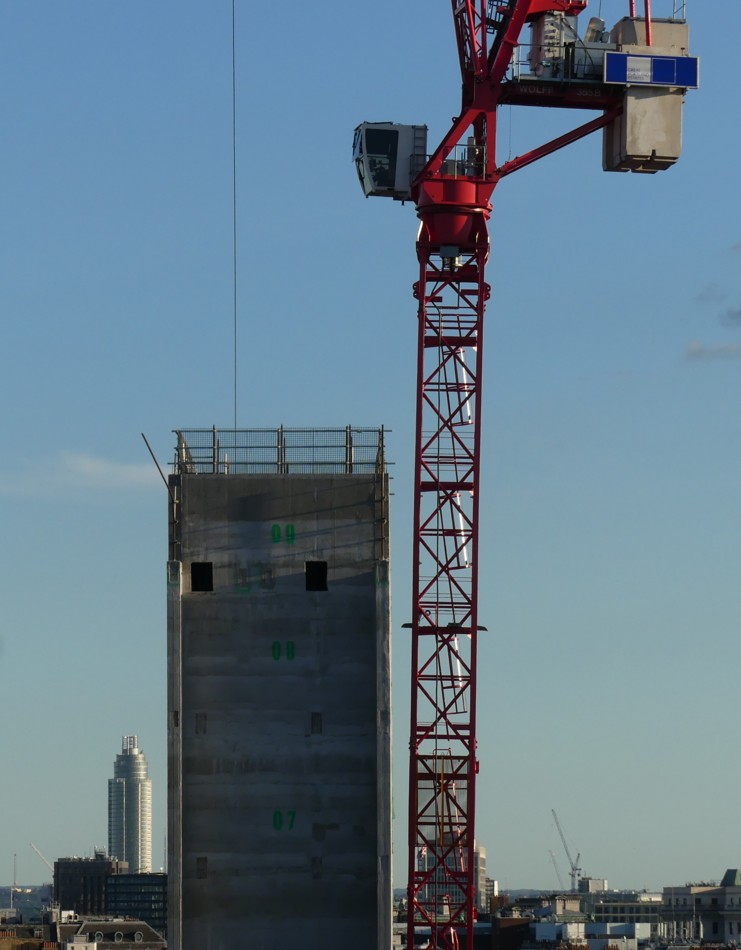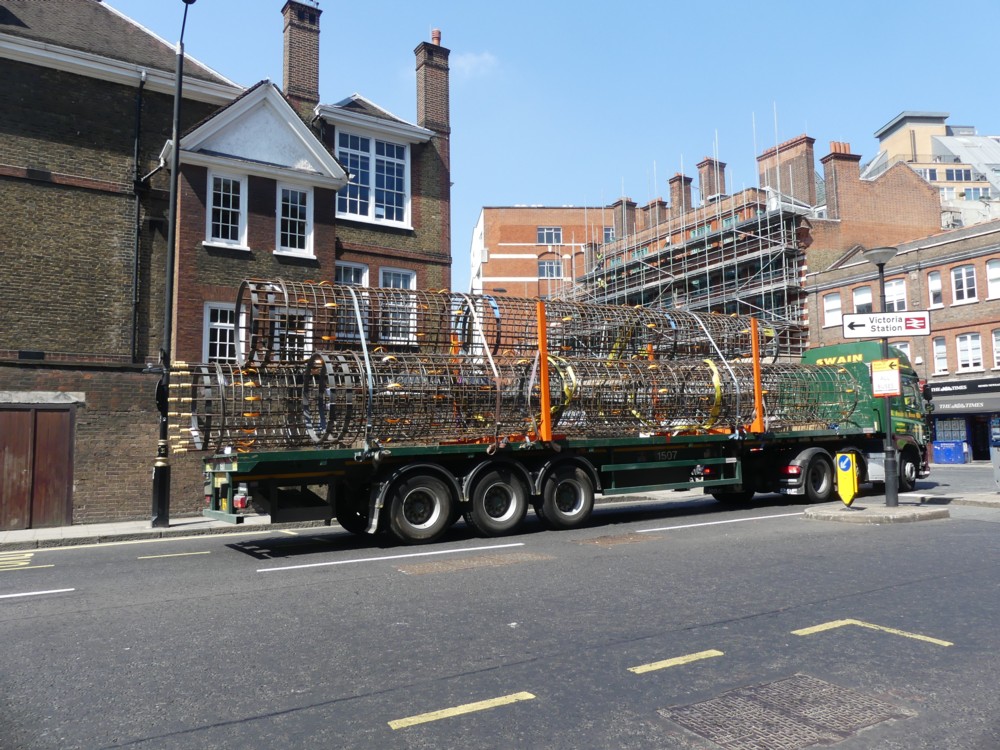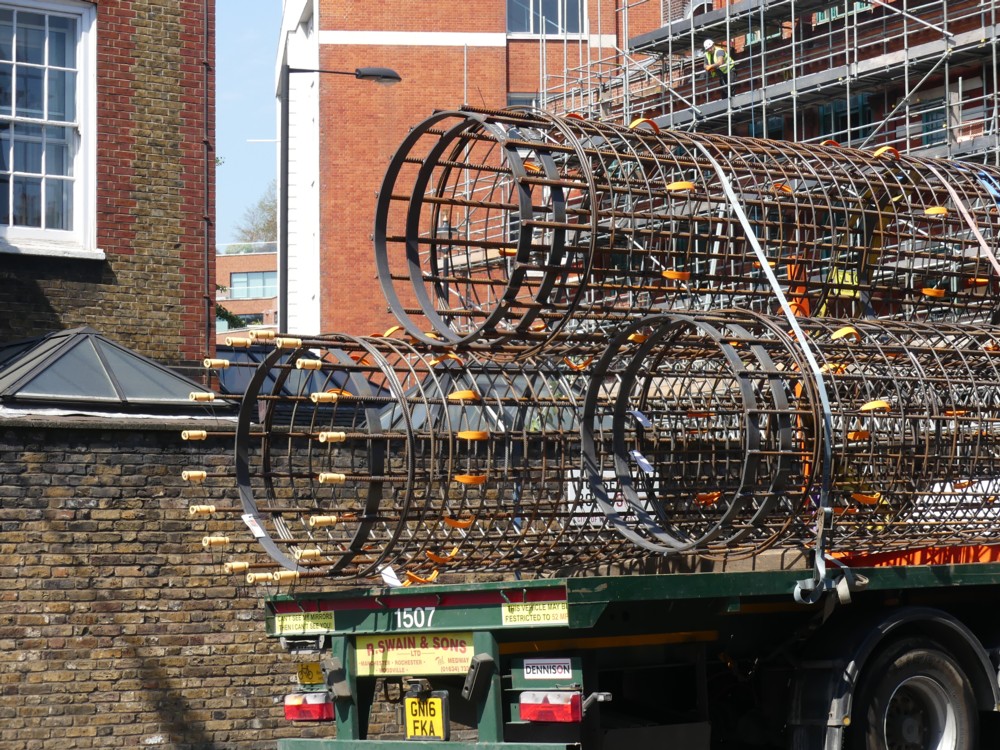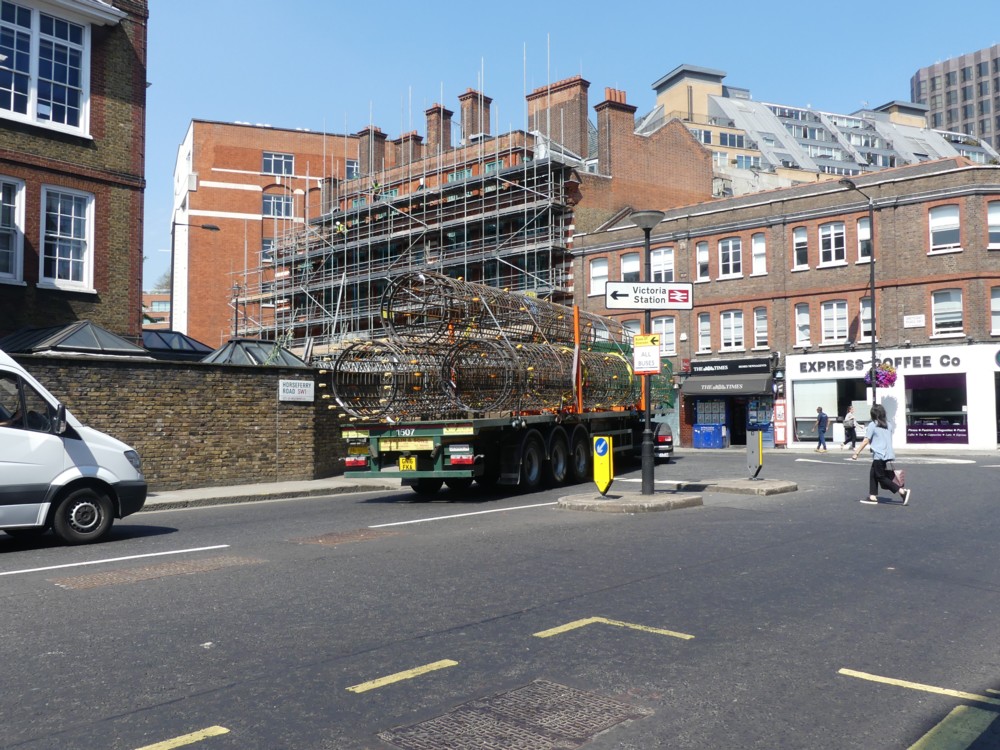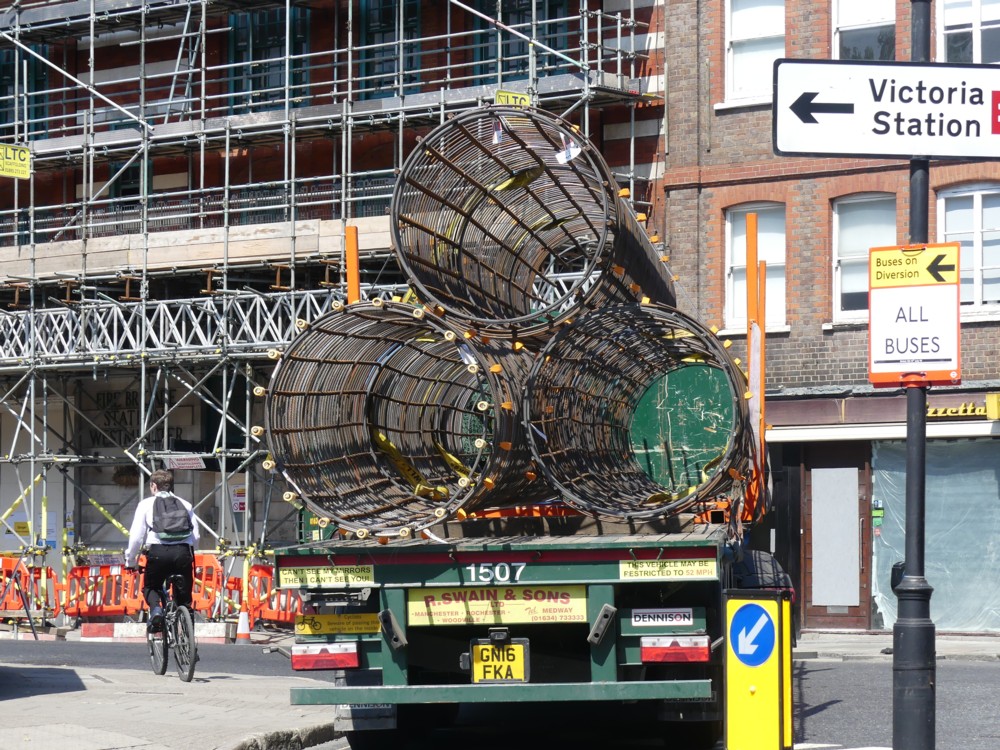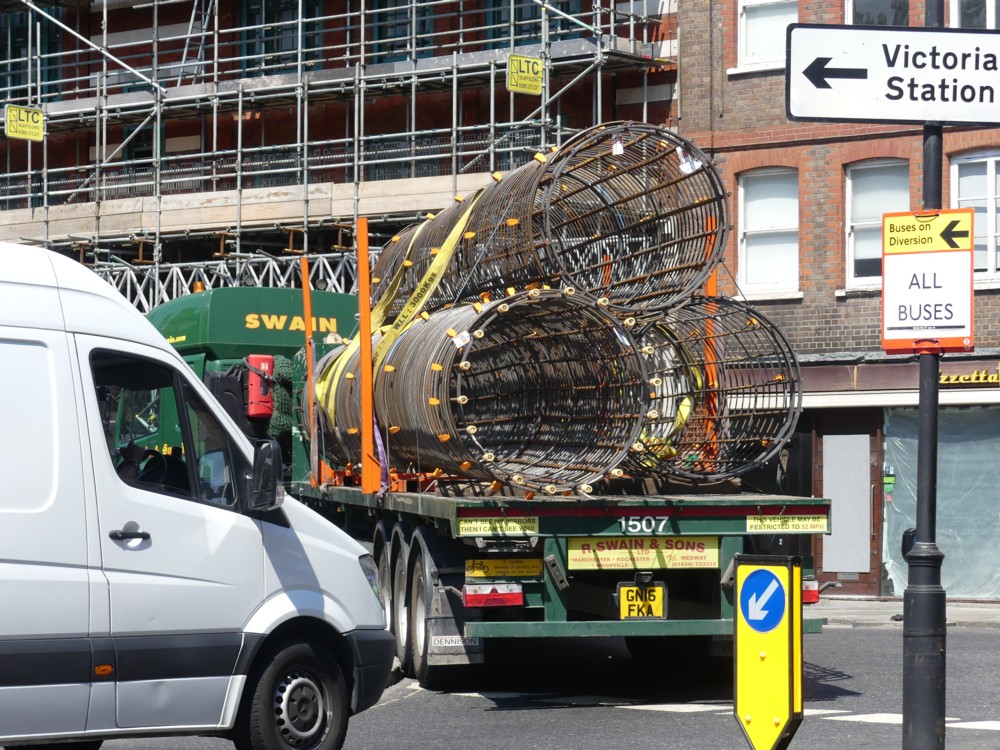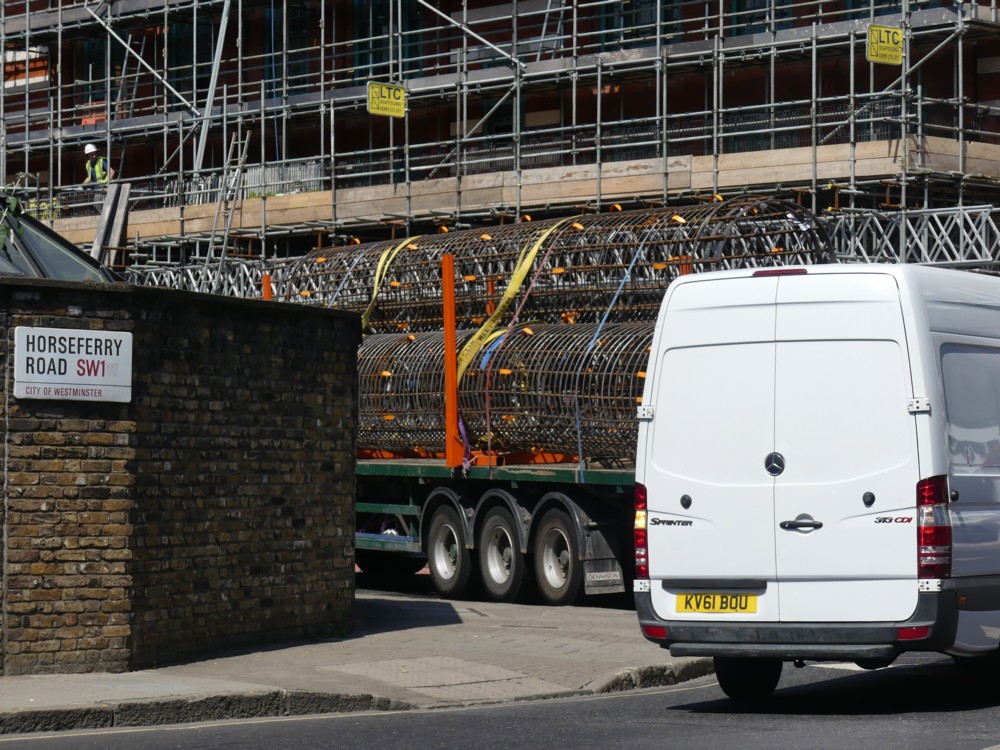Last week Bruce the Real Photographer (regular name: Bruce Nicoll) dropped by and we went out for a coffee. While we coffeed, we got onto the subject of how faces look different depending on how far away the camera is. By which I mean: Bruce the Real Photographer told me about this. (He mentioned this famous photo, on the right here, to illustrate what he was talking about.)
Inspired by this portraiture lesson, I at once took a very close up photo of Bruce the Real Photographer, which looked like this …:

…, and then I walked away and took this next photo, with lots of zoom, so that his face occupied most of the photo in the same way as it did in the above close-up:
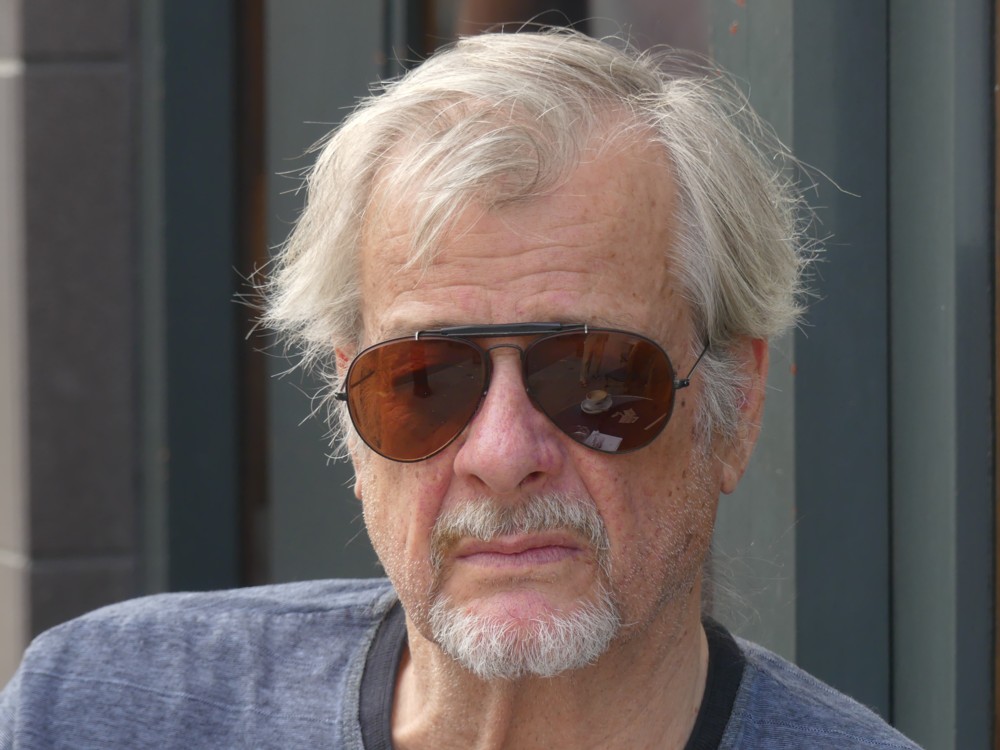
The contrast is remarkable. His face is a whole different shape, depending. And look what happens to the background.
I sort of knew all this. But sort of knowing something and knowing it for sure are two distinct things. Knowing it and really seeing it are also two distinct things.
I photo a lot of buildings, close-up, and from a distance with lots of zoom. But these tend not to be the exact same buildings from one moment to the next, and the above contrast very seldom jumps out at me.
Mostly, what I see is another equally clear contrast but what looks like a very different one. I see extreme angle differences, like when verticals converge, or not, depending on how far away you are. I mentioned in passing, yesterday, how buildings do less of this when you are further away. When you are far away, you can get exact horizontals and exact verticals, the way you don’t when you are close-up. See the first photo below, which was done with lots of zoom from far away.
It all makes perfect sense. When you work it out, it becomes obvious. It is obvious that, if you are far away from someone who is wearing glasses and he is looking straight at you, you are more likely to see his face through those glasses and less likely to see the background beyond his face through his glasses. It’s all a question of angles.
It is obvious that if you are close up, you see only the front of his face. Further away, and you also see the sides of his face.
And it’s obvious that if you are far away from a rectangle that is at a slightly higher level than you are, it looks more exactly rectangular the further away from the rectangle you get. Again, the angle changes.
But that’s what knowledge is. When it becomes “obvious”, that means that you know it.
Here is another photo of Bruce the Real Photographer, which I took immediately after taking the second of two above, but this time with no zoom:
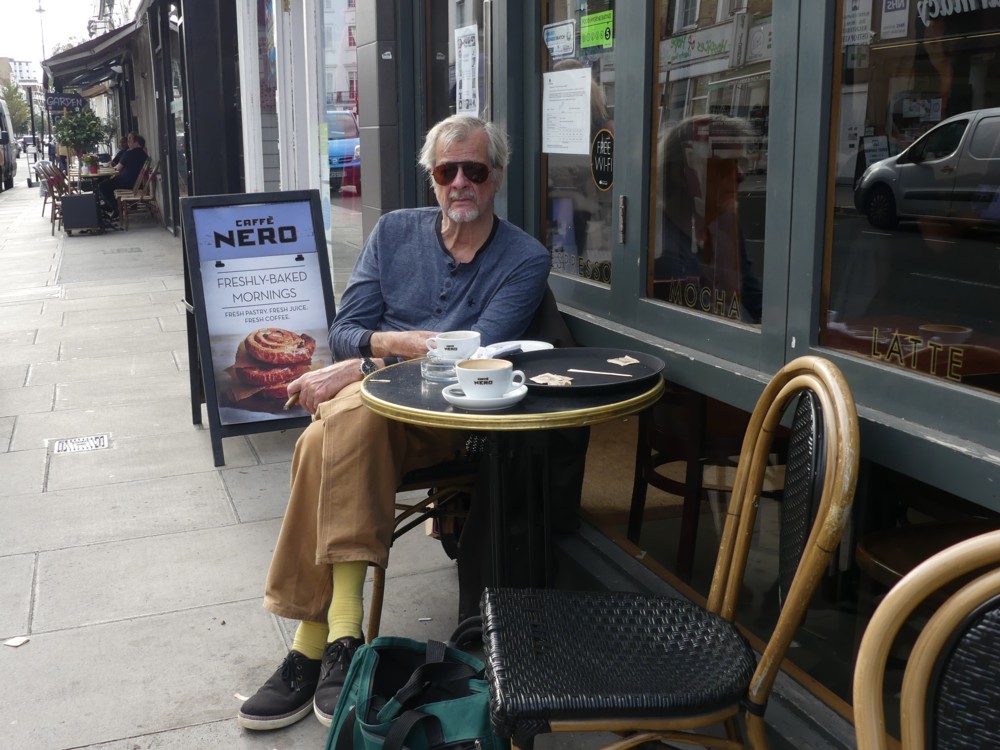
This shows that I was never actually that far away from Bruce the Real Photographer. It’s merely the difference between very close and not so close, two places which are only a second apart from each other. With buildings, you need to get a lot further away to make much difference.
To show you just how Real a Photographer Bruce the Real Photographer is, go to this long ago posting here (LINK TO THE OLD BLOG), which has a whole clutch of some of his best looking stuff, but small enough to fit on this blog and not to be worth anyone serious about copying to copy.
The first photo there is a particularly good one of the actor Dudley Sutton, who nrecently died, causing much lamentation in the antiques trade.


